Ferde Grofé

Ferde Grofé earned another deserved
nickname as the "Father of Modern
Arranging" for his unique approach to
instrumentation and scoring.

Long remembered for his work in

Ferde Grofé earned another deserved
nickname as the "Father of Modern
Arranging" for his unique approach to
instrumentation and scoring.

Long remembered for his work in
bringing George Gershwin's two-piano
score of Rhapsody in Blue to the full
orchestral instrumentation familiar to
so many, Grofé was also a gifted
composer and had been applying this
same technique exhibited in the
Rhapsody to his own works for
many years.
 |
| Paul Whiteman |
Paul Whiteman once explained Grofé's
approach in a 1926 book titled "Jazz":
"Mr. Grofé considers the Orchestra a sort
of quartet, ranging from soprano to bass.
In the separate instrumental groups, he
also divides the parts from high to low."
Information from: http://www.ferde-grofe.net/
approach in a 1926 book titled "Jazz":
"Mr. Grofé considers the Orchestra a sort
of quartet, ranging from soprano to bass.
In the separate instrumental groups, he
also divides the parts from high to low."
Information from: http://www.ferde-grofe.net/





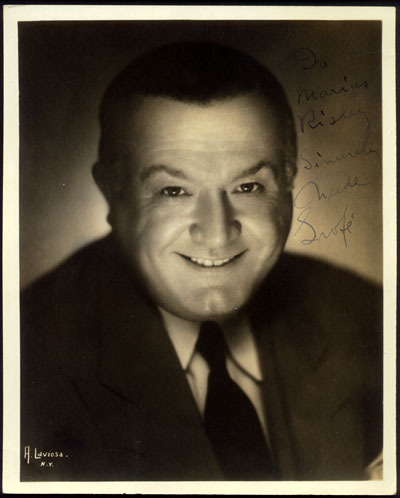
Ferde Grofé was born Ferdinand Rudolph
von Grofé, to Emil and Elsa von Grofé,
in New York City on 27 March 1892. Shortly
thereafter the family moved to Los Angeles.
Ferde Grofé came by his instinct for music
quite naturally. His father was a baritone
and actor, while his mother was a cellist and
music teacher of some note. In 1906 Grofé
left home to work variously as a bookbinder,
truck driver, usher, newsboy, elevator
operator, lithographer, typesetter and
steelworker, studying violin and piano in his
spare time. By 1908 he began to take casual
musical engagements at lodge dances,
parades and picnics and in 1909 met Albert
Jerome, a dancing teacher, with whom he
toured Californian mining-camps. By day the
pair operated a cleaning and pressing
establishing, at night Grofé played for
Jerome's pupils. It was also in 1909 that
Grofé wrote his first commissioned work,
The Grand Reunion March, for an Elks
Clubs convention in Los Angeles.
ELK'S GRAND REUNION
https://app.box.com/shared/6b5njaqhya
http://www.ferde-grofe.net/scores/Elk's_Grand
_Reunion_March_Piano_Hartsfield.pdf

He joined the American Federation
von Grofé, to Emil and Elsa von Grofé,
in New York City on 27 March 1892. Shortly
thereafter the family moved to Los Angeles.
Ferde Grofé came by his instinct for music
quite naturally. His father was a baritone
and actor, while his mother was a cellist and
music teacher of some note. In 1906 Grofé
left home to work variously as a bookbinder,
truck driver, usher, newsboy, elevator
operator, lithographer, typesetter and
steelworker, studying violin and piano in his
spare time. By 1908 he began to take casual
musical engagements at lodge dances,
parades and picnics and in 1909 met Albert
Jerome, a dancing teacher, with whom he
toured Californian mining-camps. By day the
pair operated a cleaning and pressing
establishing, at night Grofé played for
Jerome's pupils. It was also in 1909 that
Grofé wrote his first commissioned work,
The Grand Reunion March, for an Elks
Clubs convention in Los Angeles.
ELK'S GRAND REUNION
https://app.box.com/shared/6b5njaqhya
http://www.ferde-grofe.net/scores/Elk's_Grand
_Reunion_March_Piano_Hartsfield.pdf

He joined the American Federation
of Musicians that year and began a ten-year
association with the Los Angeles Symphony
Orchestra, playing the viola.
In 1915 Grofé was playing at the Portola
Louvre in San Francisco where musicians
would drop in after hours to hear his original
arrangements and jazz improvisations. One
of the musicians in the audience was Paul
Whiteman, whose orchestra Grofé joined in
1917 as pianist. Starting in 1920 and for the
next twelve years he was permanently
employed not only as a pianist, but as an
assistant conductor, orchestrator, and librarian.
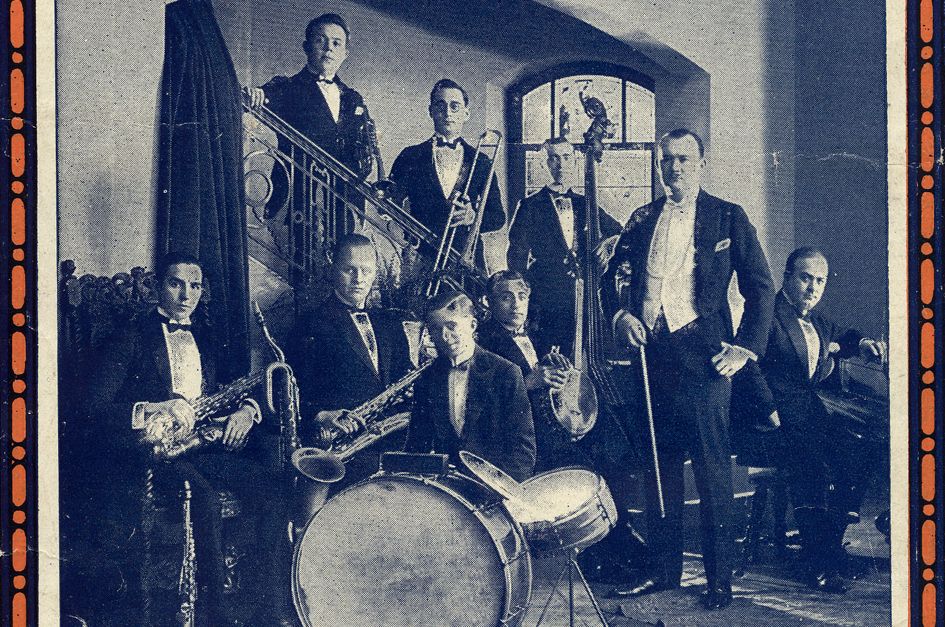
He toured Europe with the orchestra in 1923
association with the Los Angeles Symphony
Orchestra, playing the viola.
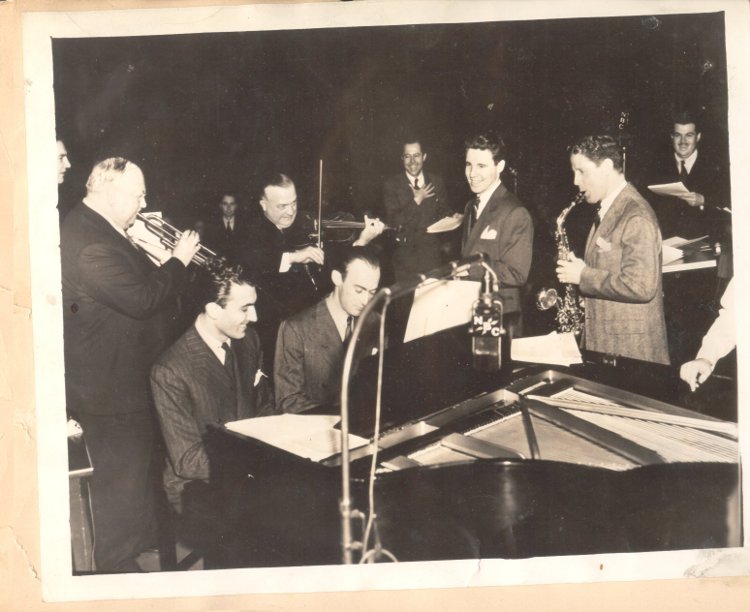 |
| B.A. Rolf, Ferde Grofe (on viola), Joe Cook, Ozzie Nelson, Eddy Duchin at Piano, Harry Sosnik, Rudy Vallee (on Sax) and Ernie Watson |
Louvre in San Francisco where musicians
would drop in after hours to hear his original
arrangements and jazz improvisations. One
of the musicians in the audience was Paul
Whiteman, whose orchestra Grofé joined in
1917 as pianist. Starting in 1920 and for the
next twelve years he was permanently
employed not only as a pianist, but as an
assistant conductor, orchestrator, and librarian.

He toured Europe with the orchestra in 1923
and in 1924 had his first real break when he
orchestrated Gershwin’s "Rhapsody in Blue,"
a collaboration that brought immediate notice.
Ferde Grofé
Reminisces About
George Gershwin
orchestrated Gershwin’s "Rhapsody in Blue,"
a collaboration that brought immediate notice.
Ferde Grofé
Reminisces About
George Gershwin

Grofé now undertook the
composition of original
works and among his
earliest hits was the tone
-poem, Broadway at Night.
BROADWAY AT NIGHT (1924)
https://www.youtube.com/watch?v=fLe2ouUOD64
Suite and Three Shades of Blue,



1927)
Three Shades of Blue, Movt. I
https://www.youtube.com/watch?v=fLe2ouUOD64
 |
| Mondrian: Broadway Boogie Woogie |
His subsequent Metropolis, Blue
Fantasy in E Flat, MississippiSuite and Three Shades of Blue,



1927)
Three Shades of Blue, Movt. I



reveal an astonishing development
in his handling of the symphonic jazz
idiom. Challenged by a friend's
suggestion that he could even write
music about a bicycle pump, he wrote
two unusual works: Theme and
Variations on Noises from a Garage
(1926) and Free Air (1929). All the
varied experiences of his life became
inspiration for his music, as he himself
observed, grateful for the background
that made possible such compositions
as Symphony in Steel, Tabloid Suite,
Broadway at Night, Mississippi Suite,
Metropolis, Henry Ford, Knute Rockne,
and Death Valley Suite.
MAJOR COMPOSITIONS
BY GROFE
+++++++++++++++++++++++++++++
GRAND CANYON SUITE
Leonard Bernstein, Conductor
Violin Cadenza: John Corigliano, Sr.
New York Philharmonic
 |
| http://musicyouwont.blogspot.com/2008/04/grofe-athon-continues-grand-canyon.html |
GRAND CANYON SUITE (1931)
Ferde Grofe, Conductor
Rochester Philharmonic Orchestra
This thirty-minute Technicolor short film for Disney,
entitled Grand Canyon, used no actors or dialogue,
simply shots of the Grand Canyon itself all shown
with Grofe's music accompanying the visuals. The
film won an Academy Award for Best Live Action
Short Subject, and was shown as a featurette
accompanying Disney's 1959 Sleeping Beauty.
The order of the movements has
been somewhat altered.
film won an Academy Award for Best Live Action
Short Subject, and was shown as a featurette
accompanying Disney's 1959 Sleeping Beauty.
The order of the movements has
been somewhat altered.
INFORMATION FROM;
Grofe's popular Grand Canyon Suite, derived
from his early period roaming the desert and
mountain country as an itinerant pianist, is in
five sections, each inspired by the imposing
beauty of America's mighty natural wonder.
It was first performed by Paul Whiteman
and his Orchestra in Chicago's Studebaker
Theater on 22nd November 1931, to
considerable critical acclaim.
Sunrise depicts the mysterious moment of
dawn in the canyon with a distant roll in the
kettledrums, Over a mounting series of
chords softly intoned by the woodwind, the
principal theme is sung by the muted
trumpet before passing to other instruments.
Gradually the sun rises, until, with a
triumphant fanfare, the full orchestra
announces the break of day over the Grand
Canyon of Arizona.
The Painted Desert is a water-color of
impressive delicacy and subtlety. Mysterious
chords in the lower reaches of the orchestra
are interrupted by strange figures from
muted trumpets and the brilliant upper
registers of the piano. Here Grofe suggests
the presence of some ageless, unchanging
life still present in the arid and apparently
lifeless desert and in the brilliant, colors of
The popular On the Trail begins with a
thunderous hee-haw and a humorous violin
cadenza suggests the reluctant mule being
roused for the ride down the canyon walls,
before the journey begins. Through cactus
-covered trails over the jogging burro rhythm,
and in perfect counterpoint, we hear a
cowboy tune. There is an intermezzo as the
party stops at a cabin and waterfall for
refreshment. We hear the suggestion of an
old-fashioned music-box, before we are
back in the saddle, jogging forward once
more. The movement ends suddenly, much
in the same manner as it began.
Sunset opens with distant animal cries from
the rim of the Canyon. The day is over, the
sky still alive with vibrant colors above the
deepening shadows in the great gorge.
Toscanini described Cloudburst as one of
the most vivid and terrifying of musical
pictures. In its opening it recalls the On the
Trail theme, before a panoramic view of the
vast landscape. Dark, scudding clouds
suddenly appear and a rising wind. The
evening air is filled with fine sand and
strands of tumbleweed. The storm breaks,
with lightning, thunder and pelting rain.
Then, even more quickly, it is gone, with a
last roll of thunder. The moon emerges
from behind the clouds and the earth
rejoices, refreshed.
In the score each of the divisions of
the rim of the Canyon. The day is over, the
sky still alive with vibrant colors above the
deepening shadows in the great gorge.
Toscanini described Cloudburst as one of
the most vivid and terrifying of musical
pictures. In its opening it recalls the On the
Trail theme, before a panoramic view of the
vast landscape. Dark, scudding clouds
suddenly appear and a rising wind. The
evening air is filled with fine sand and
strands of tumbleweed. The storm breaks,
with lightning, thunder and pelting rain.
Then, even more quickly, it is gone, with a
last roll of thunder. The moon emerges
from behind the clouds and the earth
rejoices, refreshed.
In the score each of the divisions of
the final movement is indicated:
Approach of the Storm
Lighting Thunder in the Distance
Rain
Cloudburst at its Height
Storm Disappears Very Rapidly
Moon Comes from Behind the Clouds
Nature Rejoices Again in all its Grandeur
Sunrise
Painted Desert
On The Trail
Sunset
Cloudburst

LESSON PLAN FOR
"ON THE TRAIL"
THE BOULDER PHILHARMONIC ORCHESTRA
CURRICULUM GUIDE:
PHILHARMONIC DISCOVERY CONCERT PROGRAM, 2010
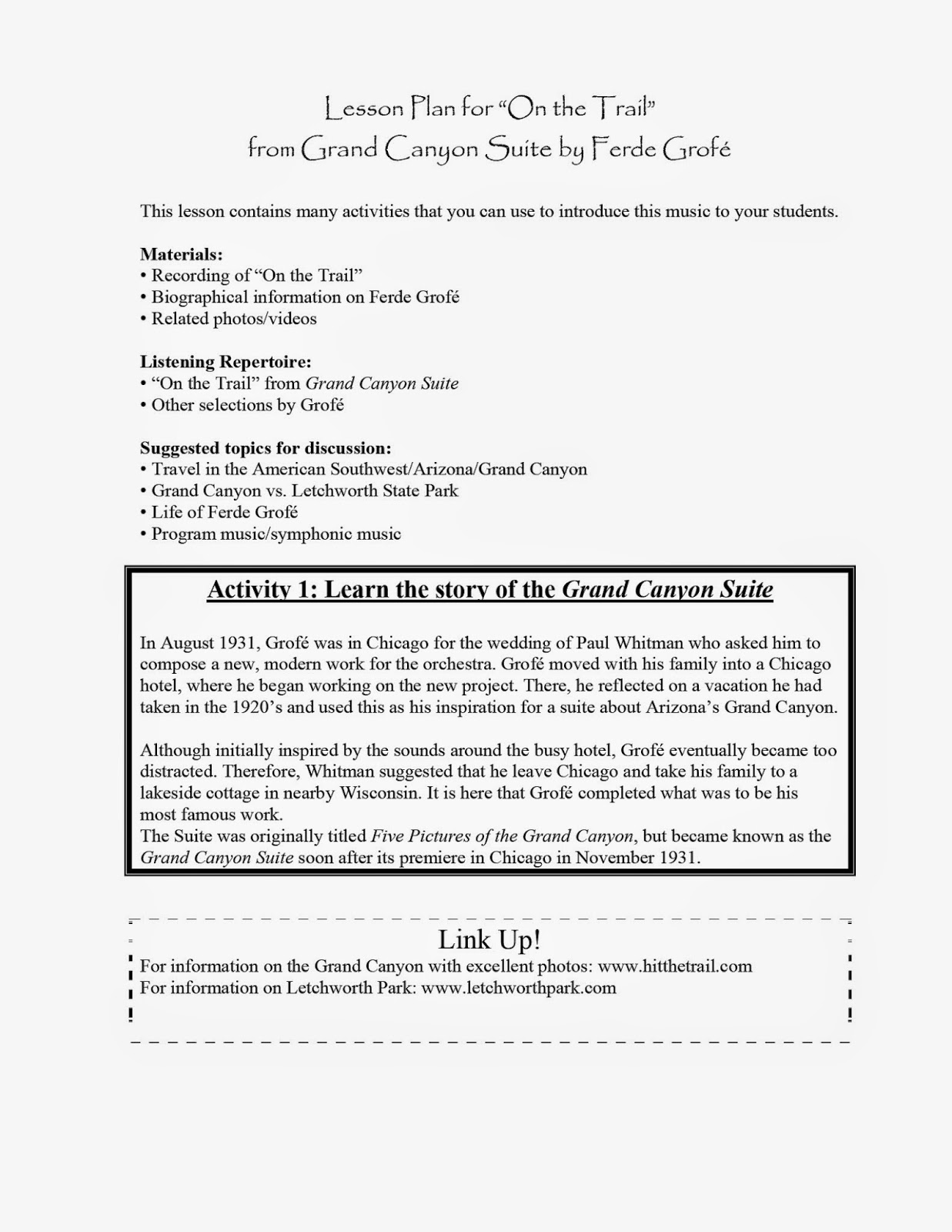



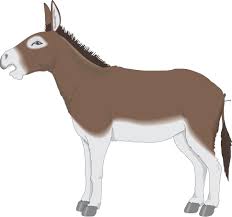


Sunrise
Painted Desert
On The Trail
Sunset
Cloudburst

LESSON PLAN FOR
"ON THE TRAIL"
THE BOULDER PHILHARMONIC ORCHESTRA
CURRICULUM GUIDE:
PHILHARMONIC DISCOVERY CONCERT PROGRAM, 2010




+++++++++++++++++++++++++++++
HOLLYWOOD SUITE (1940)
On the Set - Sweepers
The Stand-In
Carpenters and Electricians
Preview
Production Number
Director - Star - Ensemble
William T. Stromberg, Conductor
Bournemouth Symphony Orchestra
 |
| http://www.ferde-grofe.net/images/Hollywood_Suite.jpg |
The Stand-In
Carpenters and Electricians
Preview
Production Number
Director - Star - Ensemble
+++++++++++++++++++++++++++++
AVIATION SUITE (1944)
http://www.ferde-grofe.net/scores/Glamour_Girl_Thornton_Preview.pdf
Take Off
Hostess
Clouds
Motor City


Take Off
Hostess
Clouds
Motor City


+++++++++++++++++++++++++++++

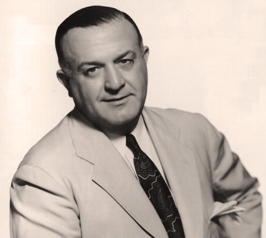



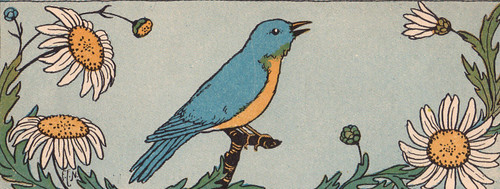






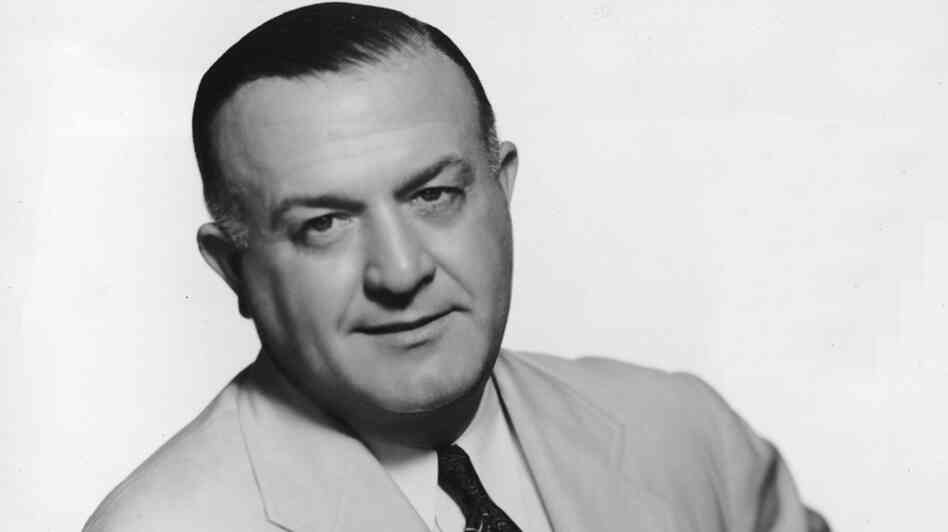








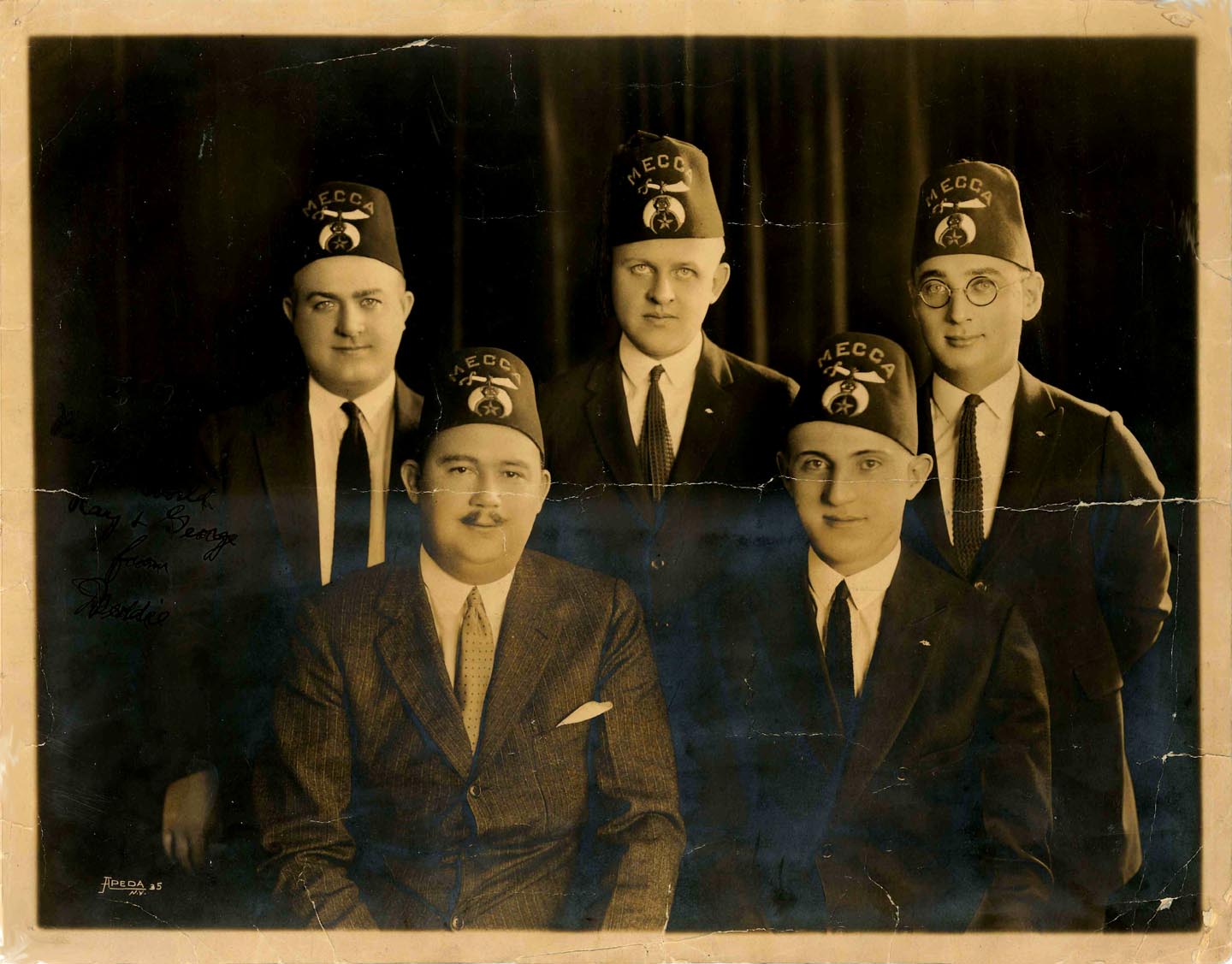



.jpg)
.gif)
.jpg)
.gif)



